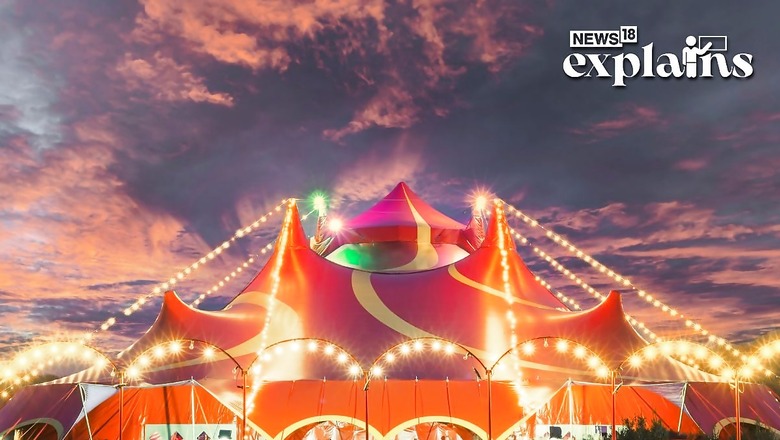
views
Far apart from the world of short-attention span entertainment such as Shorts and Reels exists a world of excitement, enthrallment and wonder. We’re talking about Indian circuses, which saw renewed media attention as its pioneer Gemini Sankaran passed away.
Sankaran’s Gemini Circus enthralled many generations of Indians with entertainment consisting of trained animal acts and exhibitions of human skill and daring. He was 99.
Sankaran had been admitted to a private hospital near here for the past few days due to age-related ailments and died on Sunday night, they said.
Who Was Gemini Sankaran?
One of the pioneers of the Indian circus industry, Sankaran, who was born in Kolassery, a village in this north Kerala district in 1924, was trained under noted circus artist Keeleri Kunhikannan for three years. He later joined the military and retired after Second World War.
Subsequently, Sankaran joined M K Raman’s circus school in Chirakkara, and became an aerialist — someone who walks a tightrope or does trapeze acts — and gymnast on horizontal bars.
After working with various circus groups across the country, he purchased Vijaya Circus Company in 1951 for Rs 6,000 and rechristened it Gemini Circus.
The company grew by expanding its activities by inducting animals from African countries and recruiting trained artistes.
Many dignitaries, including the country’s first Prime Minister Jawaharlal Nehru, Presidents S Radhakrishnan and Zakir Hussain, visited his circus.
In 1964, Sankaran led the first Indian circus delegation to an International Circus Festival held in the then Soviet Union. It was then Prime Minister Nehru who selected Gemini to represent the country in the festival.
Recalling this incident, Sankaran once said his troupe was given a reception at Nehru’s official residence in New Delhi before it left for the former Communist nation for their performance.
Later, he started his second company Jumbo Circus.
Sankaran was also close to various prime ministers, presidents and other prominent personalities. “His demise is a great loss to the art of circus in the country,” Kerala CM Pinarayi Vijayan said.
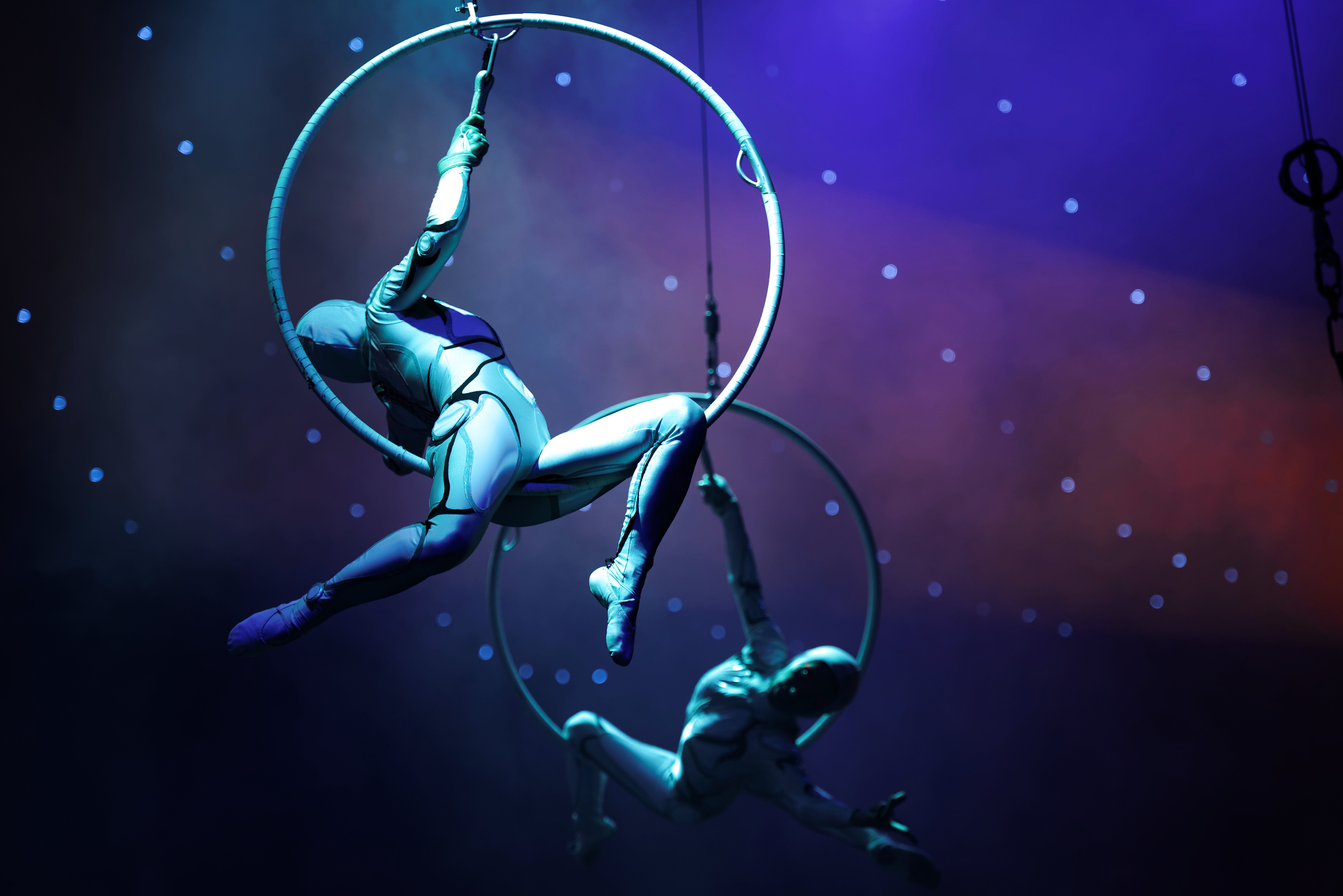
The pioneering circus entrepreneur was honoured by the Union government with a lifetime achievement award considering his overall contribution to the growth of circus arts in the country. Sankaran is survived by two sons and a daughter.
His body will be kept at his residence for the public to pay homage and the last rites will be conducted at Payyambalam beach on Tuesday.
About Gemini Circus
According to a report by Indian Express, when Shankaran and Sahadevan, another circus artist, purchased Vijaya Circus for Rs 6,000 and renamed it “Gemini,” after Shankaran’s astrological sign, it was a turning point in both their careers and the history of Indian circus. When the Vijaya Circus was resurrected as Gemini, it only had a few performers, one elephant, and two lions in its tent. On August 15, 1951, Bilimora in Gujarat hosted the first Gemini performance.
At that time, royal families maintained private zoos with creatures like elephants and lions, as per the report. Gemini Circus acquired many of these royal families’ pets as they lost favour in the years following Independence. Some people even gave their pets to the circus.
The first Indian group to attend the International Circus Festival in the USSR was Gemini Circus in 1964. They performed in Yalta, Sochi, and Moscow. In addition, Gemini Circus served as the setting for numerous Indian films, including Raj Kapoor’s Mera Naam Joker.
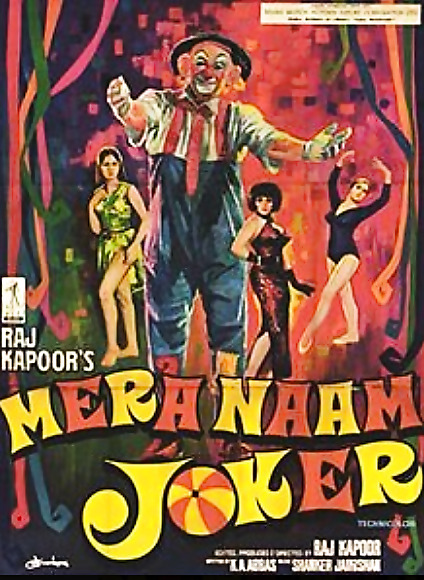
Gemini travelled the world with tents, a troupe of performers, and trained animals, captivating audiences and bringing the Indian circus to every region.
History of the Indian Circus
Although India has a far older legacy of travelling entertainers, comparable and parallel to those of Asia and Europe, who frequently interbred with them, the circus culture in India dates back to the late nineteenth century, explains a report Circopedia, written by author Dominique Jando. He says however, according to the description of the art form developed by Philip Astley in 1770, the first Indian circus didn’t debut until 1880.
It was developed by Vishnupant Chatre, a riding instructor and vocal coach.
Chatre was in command of the Rajah of Kurduwadi’s stables, where he occasionally put on “horsemanship feats” in the manner of legendary English riding instructors like Philip Astley, the report says.
Chatre and the Rajah then attended a performance of Giuseppe Chiarini’s Royal Italian Circus in Bombay. The roving Italian director, whose business was mostly located in North America, made his first trip to Bombay in 1774 while on one of his several global tours. Chatre was suitably pleased by Chiarini’s performance and exhibition as a wonderful equestrian.
Chiarini said that India wasn’t ready to have its own circus and that it would be at least ten years before it could happen during a talk with Chatre and the Rajah; this infuriated Chatre. Vishnupant Chatre made the decision to start his own circus, where he would be the star equestrian and his wife would perform on the trapeze and train animals. He most likely employed several of his students from the equestrian programme as well, Jando writes. On March 20, 1880, Chatre’s Great Indian Circus debuted in front of a select audience, including the Rajah of Kurduwadi, who may have assisted him in launching his business.
Chatre’s Great Indian Circus, which was based on Chiarini’s, continued to tour widely, first in the vast territories of North India, then farther south to the sizable east-coast city of Madras (now Chennai), and finally down to the Island of Ceylon (currently Sri Lanka).
Father of Indian Circuses
Chatre returned to India and continued his journey. He then met Keeleri Kunhikannan, a martial arts instructor, whom he asked to train acrobats for his Great Indian Circus.
Kunhikannan started doing this in 1888 at a kalari (an establishment for Indian martial arts) in the village of Pulambil. A legitimate circus school was established in 1901 by Kunhikannan in the village of Chirakkara, close to Kollam. One of Kunhikannan’s pupils, Pariyali Kannan, founded his own business in 1904; the Grand Malabar Circus; however, it only existed for two years.
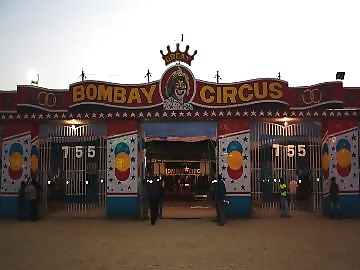
However, this was just the first circus to come out of the Chirakkara circus school, and soon Kerala would become renowned as the birthplace of the Indian circus, Jando says.
Companies like the Whiteway Circus, founded in 1922 by Kunhikannan’s nephew K. N. Kunhikannan, the Great Rayman Circus, founded in 1924 by another of Kunhikannan’s students, Kallan Gopalan, the Great Lion Circus, founded in 1926 by K. N. Kunhikannan, the Fairy Circus, the Eastern Circus, the Oriental Circus, the Gemini Circus, and the Great Bombay Circus were all born at Chirakkara’s school.
The report also mentions the unique Kamala Three Ring Circus of K. Damodaran, who began his career in early 1930s travelling from village to town with a tiny two-pole tent until culminating with a massive American-style six-pole, three-ring circus, the first—and only—of its kind in Asia.
Modern Context
According to a report by the International Journal of Research, Indian circuses are now in danger of disappearing. Currently, there are only a handful circuses operating in India, compared to 300 two decades ago. The circus owners forecast that there won’t be any more spaces remaining to host a circus anytime soon.
This is due to a number of reasons such as circus firms maintaining a strict trade secret policy, which serves as a barrier to admittance for qualified individuals.
The firms believe that intensive training should start as early as possible for circus acrobatics. In the past, youngsters as young as 10 years old were trained to be circus performers. The Supreme Court’s 2011 ruling banning child labour under the age of 14 has left businesses short on human resources.
When the Indian government outlawed the use of wild animals for entertainment in 1997, a well-liked performance and audience draw came to an end.
The circus acts are no longer exceptional due to the availability of television and other types of electronic entertainment. The bulk of activities that were once reserved for the circus, such as juggling, acrobatics, gymnastics, and aerial feats, are now done on television, the report explains.
However, Gemini Sankaran’s death has taken us all back to the golden of Indian circuses. Indian Express reported that when Gemini Circus was performing at Kanhangad, Kasaragod, on Monday when word of Shankaran’s passing broke, while Jumbo was performing in Bengaluru.
With inputs from PTI
Read all the Latest Explainers here











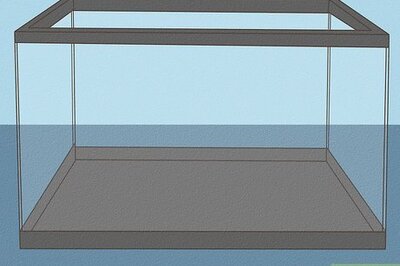





Comments
0 comment